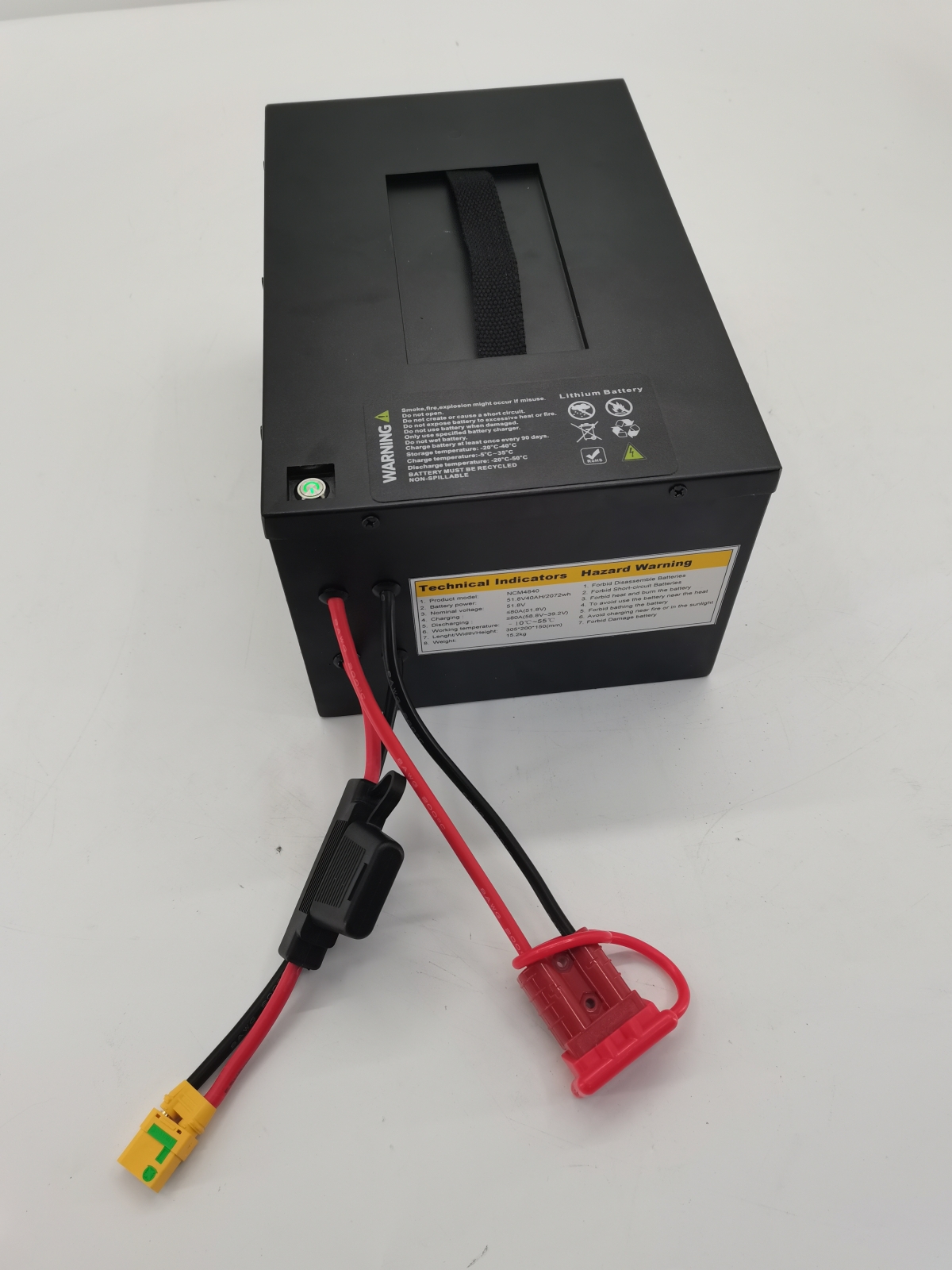- 25
- Oct
Power battery manufacturers talk about the advantages of lithium iron phosphate batteries compared to lead-acid batteries
Lithium iron phosphate battery is also a lithium battery, it is actually a branch of lithium ion battery, it contains lithium manganese oxide, lithium cobalt oxide and ternary lithium battery. Its performance is mainly suitable for power applications. It is also called lithium iron phosphate power battery, also called lithium iron battery. Therefore, the advantage of lithium iron phosphate batteries mainly refers to their safety and stability in comparison with other batteries in power applications. In some respects, it will have advantages over ternary lithium batteries and lead-acid batteries.

First of all, lithium iron phosphate batteries have better high temperature performance and can withstand temperatures from 350°C to 500°C, while lithium manganate/cobalt oxide is usually only around 200°C. The material of the improved ternary lithium battery will also be at 200°C.
Secondly, lithium iron phosphate batteries have a longer cycle life than lead-acid batteries and ternary lithium batteries. The “cycle life” of a lead-acid battery is only about 300 times, and the maximum is 500 times; while the theoretical life of a ternary lithium battery can reach 2000 times, but when it is actually used about 1000 times, the capacity will drop to 60%. And the actual life of the lithium iron phosphate lithium battery is up to 2000 times. At this time, there is still 95% of the capacity, and its theoretical cycle life can reach more than 3000 times.
Third, there are many advantages compared with lead-acid batteries:
1. Large capacity. The 3.2V cell can be made into 5Ah~1000 Ah (1 Ah = 1000m Ah), and the 2V cell of the lead-acid battery is usually 100Ah~150 Ah.
2. Light weight. The volume of the lithium iron phosphate battery of the same capacity is 2/3 of the volume of the lead-acid battery, and the weight is 1/3 of the latter.
3. Fast charging capability. The starting current of a lithium iron phosphate battery can reach 2C, which can realize high-rate charging; the current demand of a lead-acid battery is usually between 0.1C and 0.2C, and fast charging cannot be achieved.
4. Environmental protection. Lead-acid batteries contain a lot of heavy metals, which will produce waste liquid. Lithium iron phosphate batteries do not contain any heavy metals, and there is no pollution in production and use.
5. High cost performance. Although lead-acid batteries are cheaper than materials, the purchase cost is lower than lithium iron phosphate batteries, but in terms of service life and routine maintenance, they are not as economical as lithium iron phosphate batteries. Practical application results show that the cost performance of lithium iron phosphate batteries is more than 4 times that of lead-acid batteries.
Although the application range of lithium iron phosphate batteries is mainly reflected in the power direction, in theory it can also be extended to more fields, it is possible to increase the discharge rate and other aspects, and enter the traditional application fields of other types of lithium-ion batteries.
